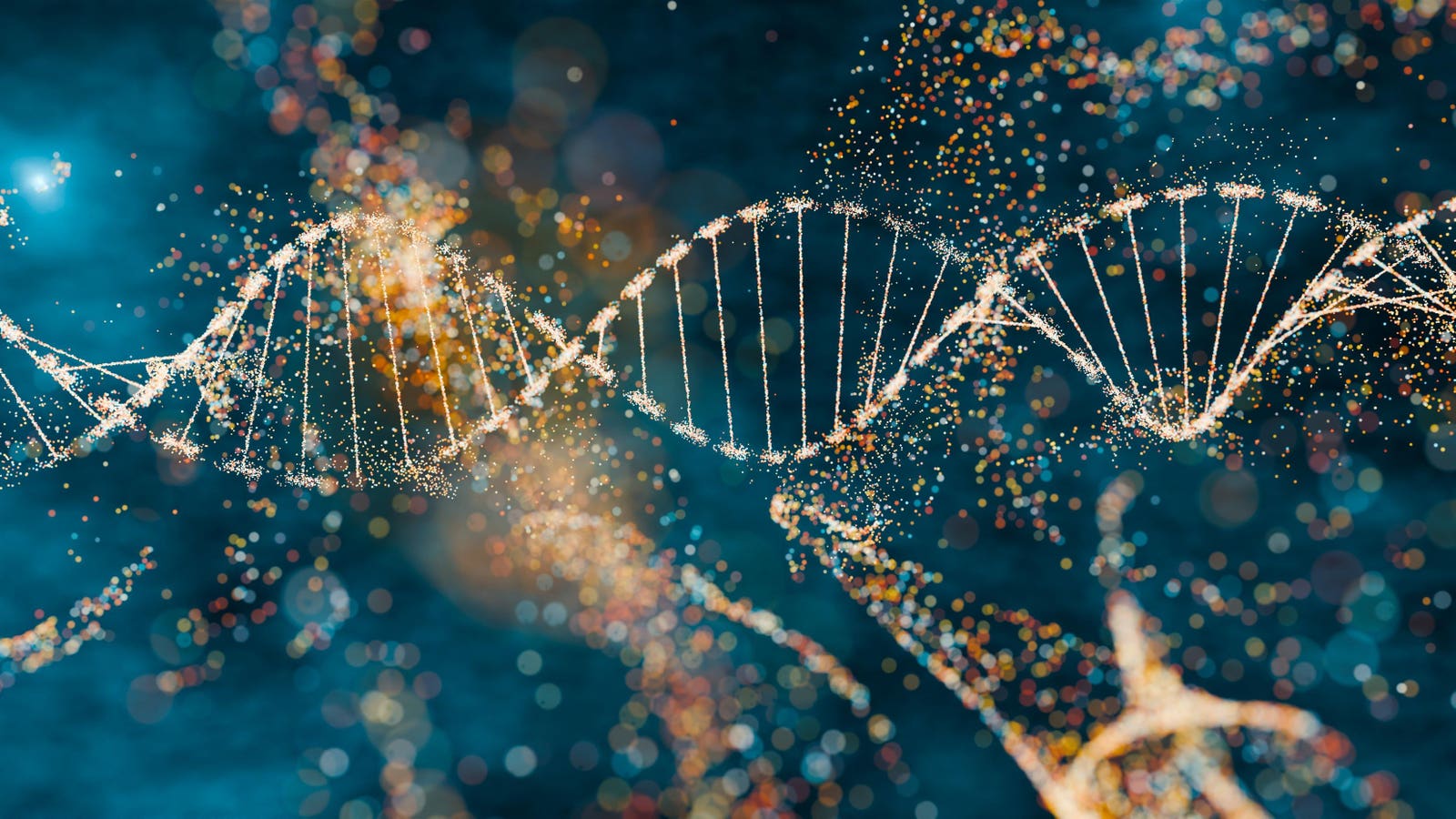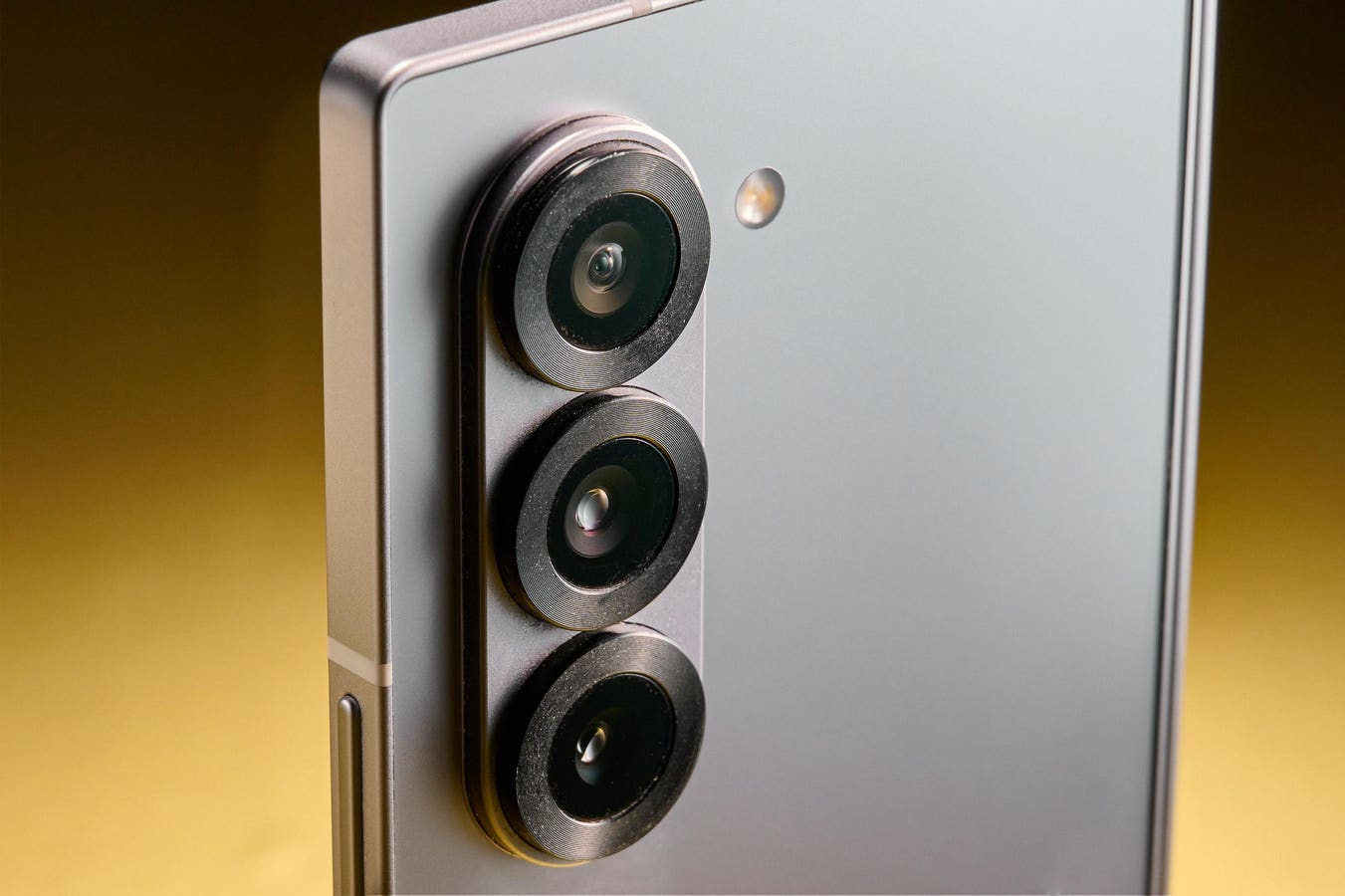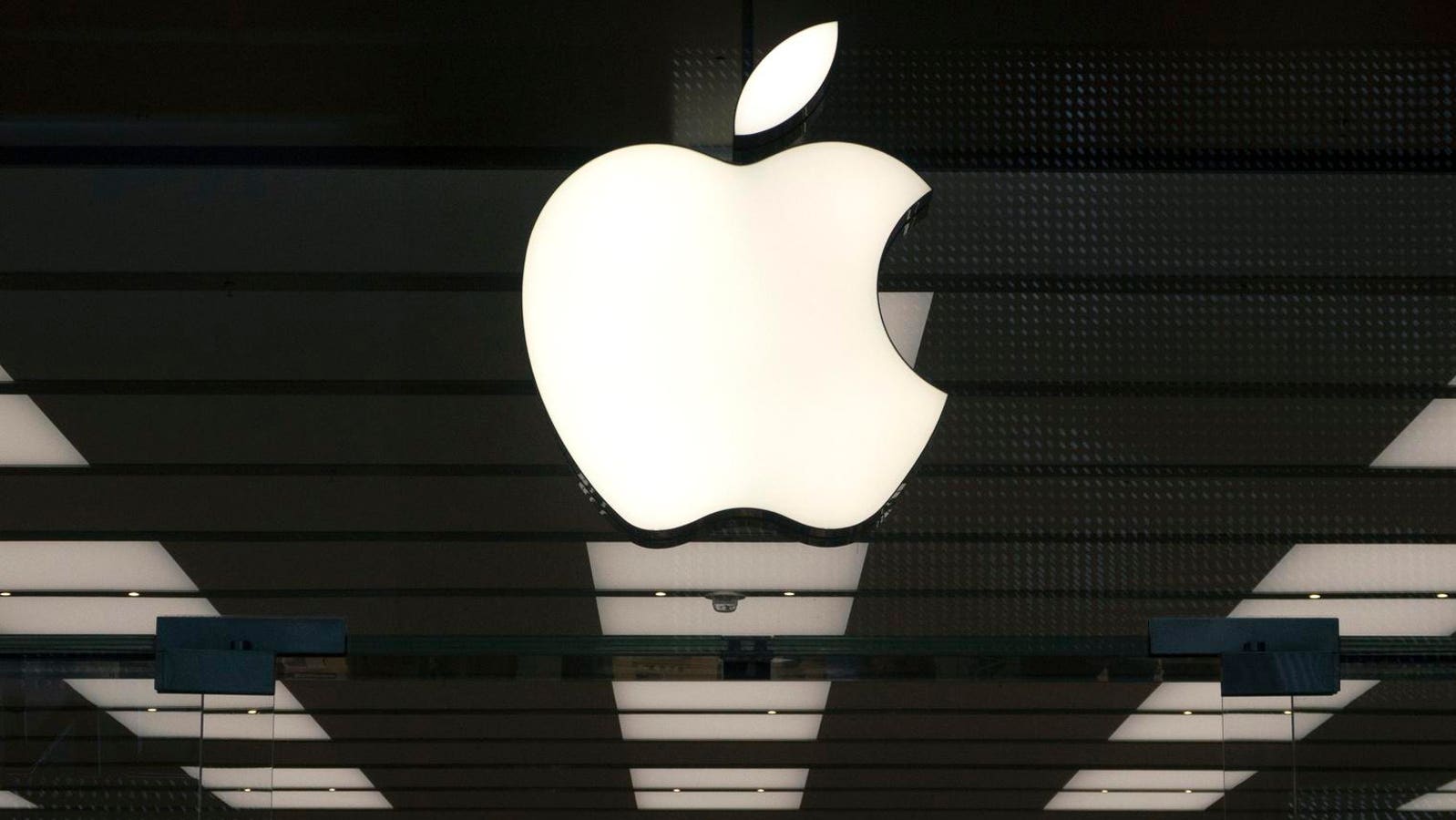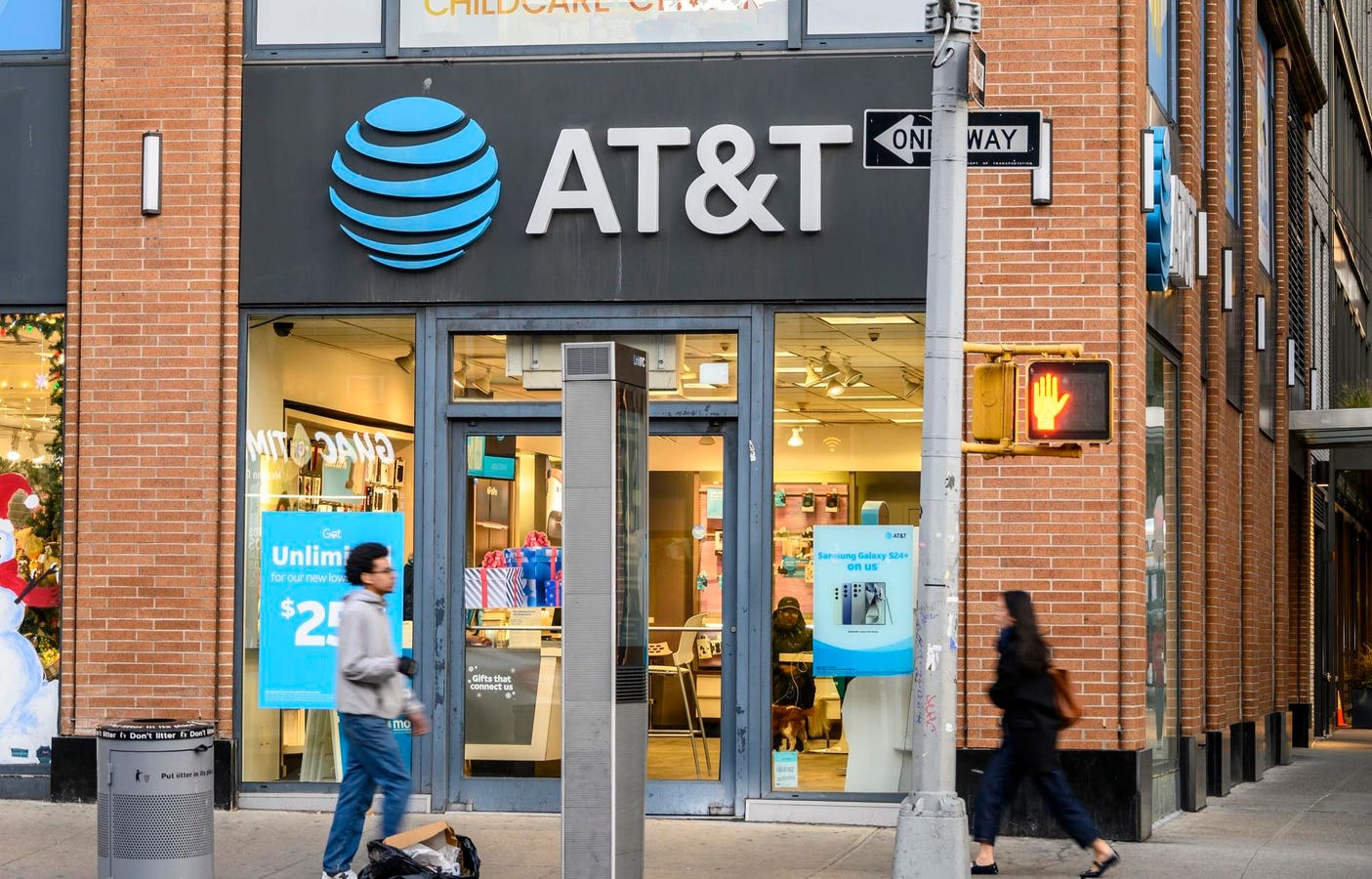3D illustration of a DNA molecule with sparkling effects symbolizing complexity and genetic … More
If you’ve been paying attention to modern research and AI, you know that genetics is a major application of this technology to our lives.
Alphafold, for which its founders received a Nobel prize in science, is a major example, but it’s just the tip of the iceberg when it comes to what AI is doing in healthcare, and in genetics in particular.
This month we have a new announcement from the Chan Zuckerberg Initiative backed by Mark Zuckerberg and Melissa Chan that contemplates a brand new system called GREmLN (Gene Regulatory Embedding-based Large Neural model) for identifying cellular behavior.
It may help with cancer research and work on other diseases.
Part of the project involves an imaging technique, and assistance in developing software for scientists.
There’s also what CZ calls a “single cell data set” of 1 billion cells, developed with 10X Genomics and Ultima Genomics. From reading documentation, it sounds like what this means is that teams assembled data on no less than a billion cells, in order to build a collective model of what an average cell would look like and how it would function.
The new model, scientists suggest, can help to characterize genetic drivers of disease, and find new ways to restore diseased cells to health.
Four Major Goals and Challenges
Amongst the announcement of this ground-breaking resource, spokespersons at CZ identify four broader objectives scientists are reaching for:
One involves building an AI-based virtual cell model – which GREmLN is presumably instrumental in.
Another is “developing novel imaging technology to map, measure and model complex systems,” which sounds like a similar type of exercise.
Reportedly, the teams also hope to figure out how to directly sense inflammation in the body, and to harness the human immune system for various kinds of immunotherapy.
Parsing these objectives further, you can see how the new GREmLN model will drive research on what the CZ Institute calls “molecular logic” or the study of how parts of a cell interact or work together.
What are Biohubs?
A press release from Chan Zuckerberg also mentions the creation of Biohubs as laboratories fueling collaborative development, or, in the words of spokespersons, “cross-disciplinary research institutions.”
ChatGPT provides a definition of a Biohub, and points out that the Chan Zuckerberg Biohubs are not the same as a series of Biohubs developed by the World Health Organization.
“Biohubs are collaborative research centers designed to accelerate breakthroughs in biomedical science by fostering interdisciplinary cooperation, sharing resources, and facilitating innovation,” the model notes. “Typically established through partnerships between universities, research institutions, healthcare providers, government agencies, and industry leaders, Biohubs aim to address complex biological and medical challenges by combining expertise across biology, medicine, engineering, computing, and data science. … Prominent examples include the Chan Zuckerberg Biohub, which unites Stanford, UCSF, and UC Berkeley researchers to tackle infectious diseases and advance biomedical knowledge through open science.”
Of the WHO Biohubs:
“A totally separate WHO initiative aimed at sharing biological materials (like virus samples with pandemic potential) among member states… So, while (CZ Biohubs and WHO Biohubs) share the ‘Biohub’ name, their missions, governance, and affiliations are entirely distinct.”
The concept, however, is the same – scientists are banding together to do more innovative work on cell structure, for example, in nucleus and mitochondria DNA.
A little research shows some of the distinctions between different types of DNA present in a cell.
A lot of the DNA is isolated in the nucleus of the cell, but there’s also mitochondria, less attached to that central cluster.
Literature Weighs In
Fans of Madeleine L’Engle’s youth fiction in the 1980s will note that her work explored the idea of subcellular entities and their impact on macroscopic systems.
Just for fun. I ask ChatGPT about L’Engle’s impact on modern cellular and genomic research.
“Madeleine L’Engle’s work didn’t explicitly prefigure specific contemporary research into genetics or mitochondria, but her writing, particularly A Wrinkle in Time (1962), A Wind in the Door (1973), and the rest of her Time Quintet, did anticipate broad scientific and philosophical themes related to cellular biology, mitochondrial function, interconnectedness, and universal harmony,” the model said. “In A Wind in the Door, for instance, L’Engle explores the concept of ‘farandolae,’ fictional microscopic entities within mitochondria, whose harmony or disharmony directly affects the health of living organisms and even the universe. Her vision captured a holistic view of biology, recognizing mitochondria as fundamental life engines, long before mainstream science widely emphasized mitochondria’s central role in health, aging, and diseases.”
How many readers remember the farandolae, which L’Engle characterized in promoting a kind of social symbiosis that was a more prominent idea in a less data-driven age?
“The young farandolae cannot fill an adult role, so they maintain a parasitic existence on the adult farae,” writes a poster on Literature Stack Exchange, where human readers get together to ruminate on different aspects of a text. “In fact, so long as they are under the influence of the Echthroi, they revel in their parasitism. It is all taking and no giving…”
In any case, ChatGPT provides this summary:
“Though not predictive in a literal scientific sense, L’Engle’s imaginative storytelling prefigured ideas in modern genetics and mitochondrial research—particularly notions of cellular symbiosis, bioenergetics, systemic interconnectedness, and the vital relationship between microscopic structures and macrocosmic health.”
Driving Further Change
It’s easy to see how these partnerships will allow scientists to work more proactively on disease solutions.
I thought this news was worth covering as we move through a banner year for artificial intelligence in healthcare. We are finding use cases everywhere, from diagnosis, to scheduling, to the kinds of research that support these clinical solutions.
That’s a feather in AI’s cap. However, we just might still have a place for the philosophical, sometimes fictional portrayal of such systems, as in L’Engle’s work that leans more into the speculative than the technical approach. What do you think?









